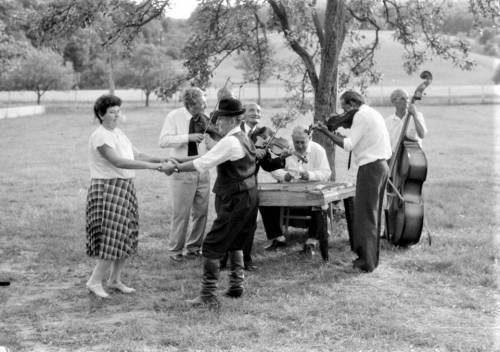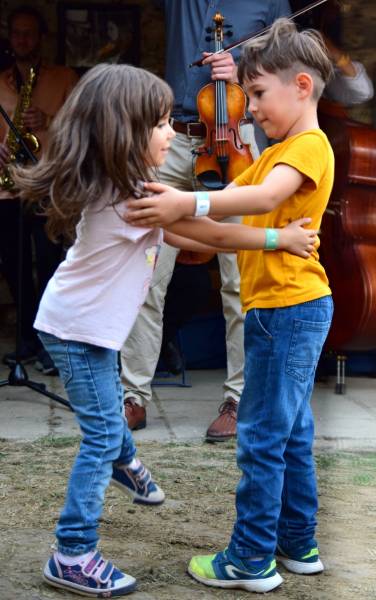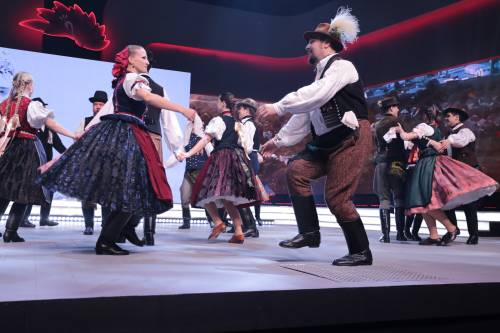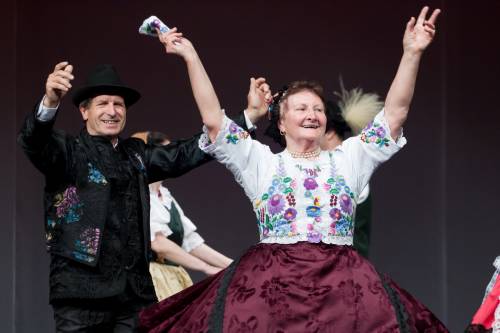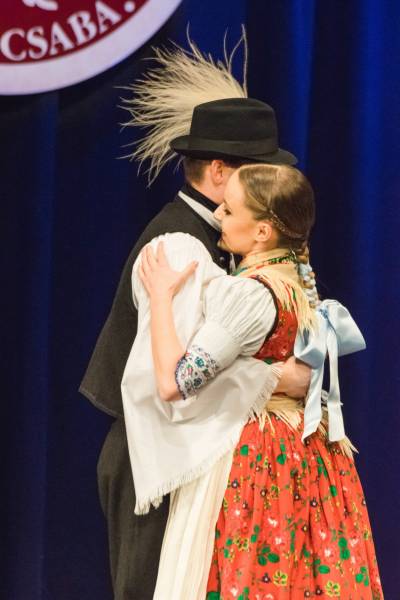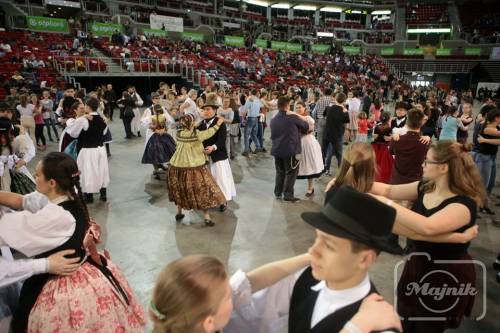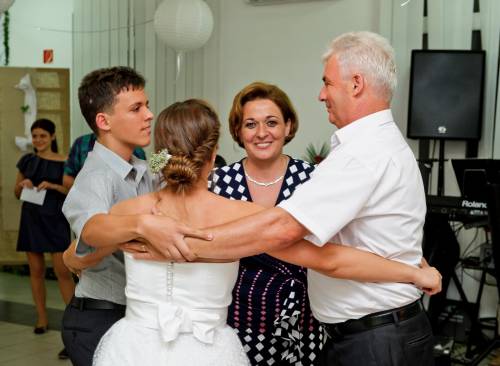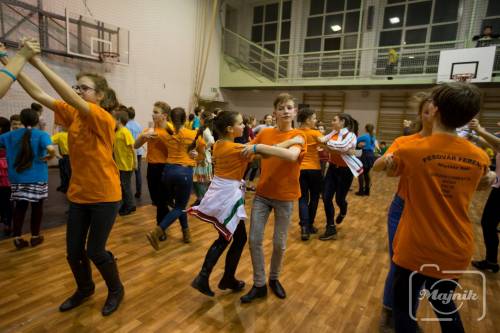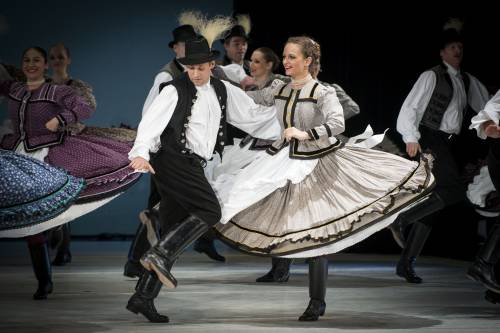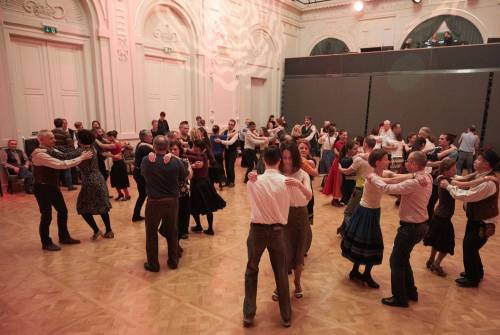Csárdás dance tradition
Inscribed in 2024 (19.COM) on the Representative List of the Intangible Cultural Heritage of Humanity
The csárdás is a Hungarian dance that is performed by couples consisting of a man and a woman, or, in some regions, of two women. Multiple couples participate in the dance at the same time, forming one large or several smaller circles. Each region has its own themes, gestures and figures, which are improvised according to well-known, established rules and patterns. The csárdás is a universal favourite in both village and urban dance traditions, and is performed during weddings, community events, folk dance events and on stage. It is often accompanied by a string band consisting of violins, violas and double basses. The practitioners are amateur and professional dancers who learn through formal education or folk dances. The csárdás is an expression of the self-organizing and cohesive power of communities. Dancers also sing and must pay attention to their partner as well as to surrounding couples. The partners learn to think jointly as they co-create the dance. The acquired skills can be applied to everyday life, as they improve people’s ability to adapt to others and strengthen their roles in the community. The csárdás also has an integrative social function, creating a sense of collective identity in the communities.

